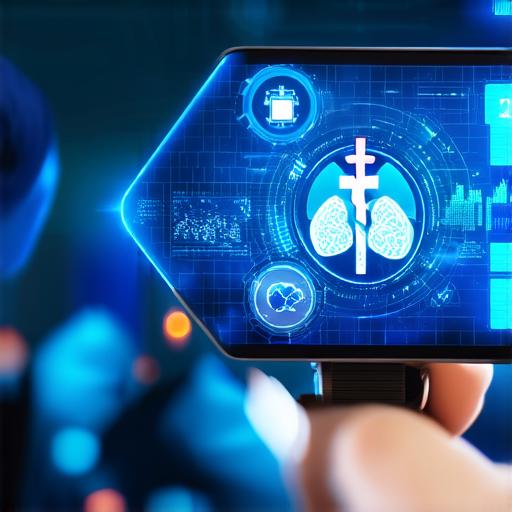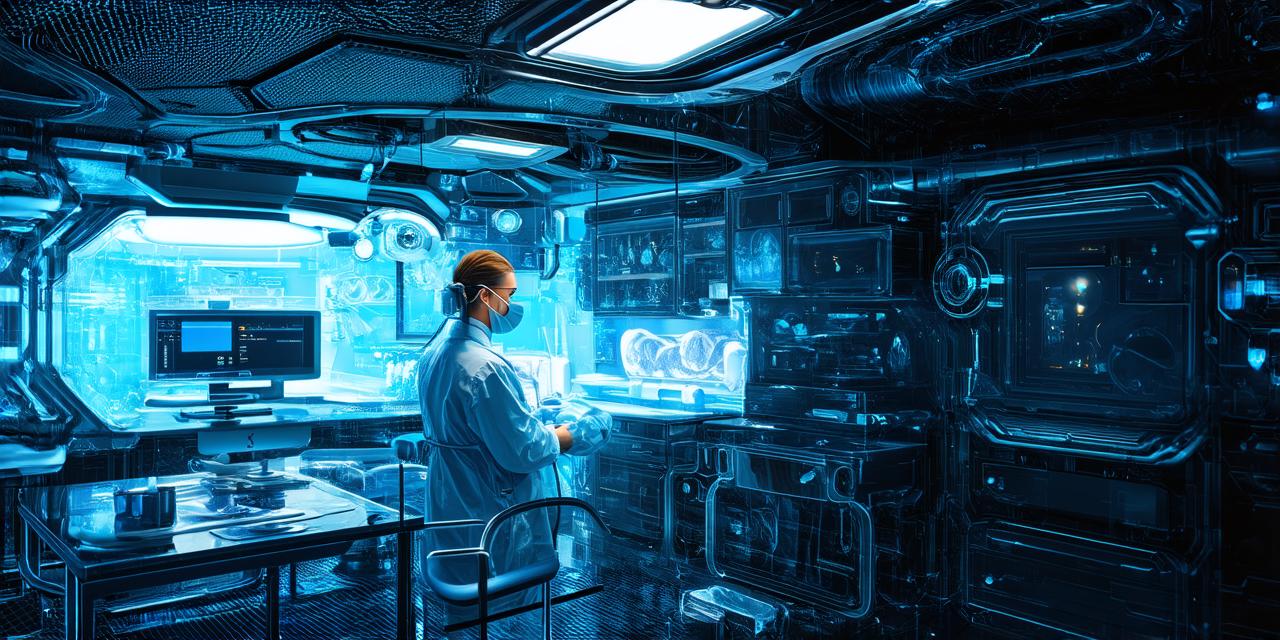
Introduction
Augmented reality (AR) technology has been around for a while now and it has found its way into many different industries. However, in recent years, the medical field has started to adopt AR technology as well, and the results have been nothing short of amazing. In this article, we’ll explore how AR is revolutionizing medicine and how it’s being used to improve patient outcomes.
Improving Diagnostics
One of the most significant ways that AR is being used in medicine is through diagnostics. AR technology allows doctors and medical professionals to see things that would otherwise be invisible to the naked eye. For example, with the help of a camera and an AR headset, surgeons can visualize blood vessels or organs that are hidden beneath other tissues.
This technology is especially useful in surgeries where precision is key. With AR, surgeons can make more accurate incisions and avoid damaging surrounding tissue. This not only reduces the risk of complications but also shortens the recovery time for patients.
AR is also being used to diagnose diseases that are difficult to detect with traditional methods. For example, a dermatologist can use AR technology to examine skin lesions in 3D, which makes it easier to identify any abnormalities or skin cancer.
Improving Patient Experience
Another way that AR is being used in medicine is to improve the patient experience. One of the biggest challenges in healthcare is managing pain and anxiety for patients. With AR technology, medical professionals can use virtual reality (VR) headsets to create a calming environment for patients.
For example, VR headsets can be used to create a relaxing environment with soothing sounds and images. This can help to reduce stress and anxiety levels for patients. Additionally, VR headsets can also be used to provide pain relief by distracting the patient from their pain.
AR is also being used to improve patient education. With AR technology, medical professionals can create 3D models of organs or bones that allow patients to see and interact with them in a more engaging way. This can help patients to understand their condition better and make more informed decisions about their treatment.
Improving Surgical Planning
AR is also being used to improve surgical planning. With the help of AR technology, surgeons can create 3D models of a patient’s anatomy, which allows them to plan the surgery in advance.
AR technology can also be used to simulate different surgical scenarios, allowing surgeons to practice and perfect their technique before performing the actual surgery. This can help to reduce the learning curve for new surgeons and improve the overall quality of care.
Improving Medical Training
AR is also being used to improve medical training. With the help of AR technology, medical students can learn about human anatomy in a more interactive and engaging way. For example, AR technology can be used to create 3D models of organs or bones that allow students to interact with them in a more realistic way.
AR technology is also being used to simulate different medical scenarios, allowing students to practice and perfect their skills before entering the real world. This can help to improve the overall quality of care and reduce the learning curve for new medical professionals.
Improving Rehabilitation
Finally, AR technology is also being used to improve rehabilitation. With the help of AR headsets, patients can perform physical therapy exercises in a more engaging and interactive way. This can help to improve patient outcomes and speed up the recovery process.
AR technology can also be used to create 3D models of limbs or joints, allowing patients to visualize their progress and see how far they’ve come. This can help to motivate patients and keep them engaged throughout the rehabilitation process.
